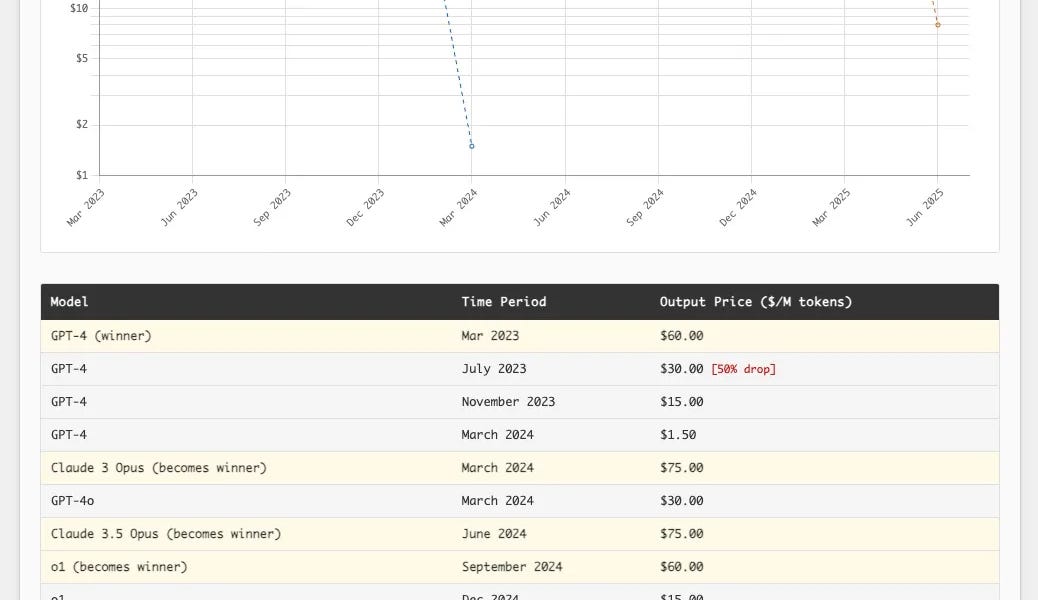
Running Gaming Workloads through AMD’s Zen 5
Zen 5 is AMD’s newest core architecture. Compared to Zen 4, Zen 5 brings more reordering capacity, a reorganized execution engine, and numerous enhancements throughout its pipeline. In short, Zen 5 is wider and deeper than Zen 4. Like Lion Cove, Zen 5 delivers clear gains in the standard SPEC CPU2017 benchmark as well as many productivity applications. And like Lion Cove, several reviewers have criticized the non-X3D Zen 5 variants for not delivering similar gains in games. Here, I’ll be testing a few games on the Ryzen 9 9900X, with DDR5-5600 memory. It’s a somewhat slower memory configuration than I tested Lion Cove with, largely for convenience. I swapped the 9900X in place of my previous 7950X3D, keeping everything else the same. The memory used is a 64 GB G.SKILL DDR5-5600 36-36-36-89 kit.
The Ryzen 9 9900X was kindly sampled by AMD, as is the Radeon RX 9070 used to run the games here. I’ll be using the same games as in the Lion Cove gaming article, namely Palworld, COD Cold War, and Cyberpunk 2077. However, the data is not directly comparable; I’ve built up my Palworld base since then, COD Cold War multiplayer sessions are inherently unpredictable, and Cyberpunk 2077 received an update which annoyingly forces a 60 FPS cap, regardless of VSYNC or FPS cap settings. My goal here is to look for broad trends rather than do a like-for-like performance comparison.















